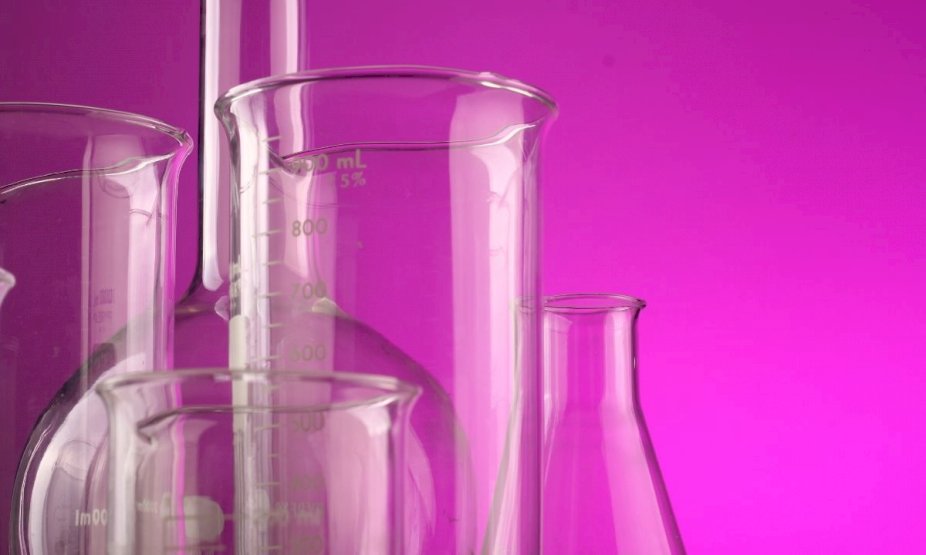In recent years, there has been a large increase in interest in healthy food. More and more people pay attention to the diet and ingredients of food products offered in stores. This had a very beneficial effect on society, mainly increasing consumer awareness. At store shelves, you can meet an increasing number of supporters of healthy eating, reading into product labels. More and more people consciously choose organic products and free from all types of "conditioners" - no stabilizers, no artificial dyes, no flavours, so you can say "chemical-free".
This trend has many benefits that I am aware of and support their further spread. However, from the point of view of a chemist, which I am by passion and education, it also introduces some misconceptions. Many of you are probably asking yourselves at this point: "what misconceptions?" Well, in this whole pro-health trend, a conviction was born that what is "healthy" must be "free from chemicals". And there is probably nothing more wrong... the whole world around us is made up of chemistry. The simplest example of this is oxidane, i.e. hydrogen oxide. It is ubiquitous on our planet, and without it there would be no life. Why is that, you may ask? Well, hydrogen oxide is nothing else than ordinary water, and no one will deny that without it there would be no life on Earth.
It is also common for consumers to avoid products containing all kinds of additives that have the symbol "E" assigned to them. How come? Because "E" symbol is associated with something artificial and probably unhealthy, for example sodium glutamate with the number E 621 that is falling into disfavor in recent times. But there are also health-promoting or natural substances that are marked with this symbol. For instance, E300, which is nothing more than vitamin C that is eagerly swallowed during a cold. Another example is E150a, that is caramel. Each of us can obtain it at home by heating up ordinary sugar.
Other, more real-life example would be a candy box. Do you know that it contains less chemical compounds, i.e. "chemicals" than an apple? As it turns out, fruits and vegetables also contain chemical compounds. Some are responsible for the color, others for the flavour, and others for the nutritional value of a given product.
Oftenly, the word "synthetic" is perceived negatively, because it is associated with something that does not occur in nature, and even many of us consider it tantamount to "toxic". Now, I have to put you right... in my little chemical world, "synthetic" means made by chemical synthesis, which does not necessarily equal the term "poisonous". Many compounds found in nature are very dangerous to human health and even life. An example is ibotenic acid, which is responsible for the poisonous properties of toadstools. On the other hand, apple seeds, contain amygdalin, which under favorable conditions can release hydrogen cyanide. Its content in apple seeds, however, is so small that you can eat an apple with all the seeds and you won't get hurt.
Few of us also know that the aforementioned water, in excess, can be "toxic". Already 90 ml of water for every kilogram of body weight is enough to exceed the lethal dose. Its harmful effect is related to the flushing of ions from the body necessary for its proper functioning.
Overall, many synthetic chemicals are as safe as their naturally occurring counterparts. Many of them are also as dangerous as their naturally occurring analogues. So how can you lead a healthy lifestyle without being exposed to the harmful effects of many food additives? Therefore, the only logical solution in this situation seems not to avoid everything that contains "chemicals", but only those which contain ingredients that, due to their possible harmful effects, should be limited. It is associated with continuous training, but after all, a person learns throughout his/her life.
Created by: Beata Zagroba COO Flavors Factory




